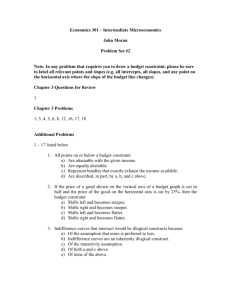mid I 2015_v2 (1)
advertisement
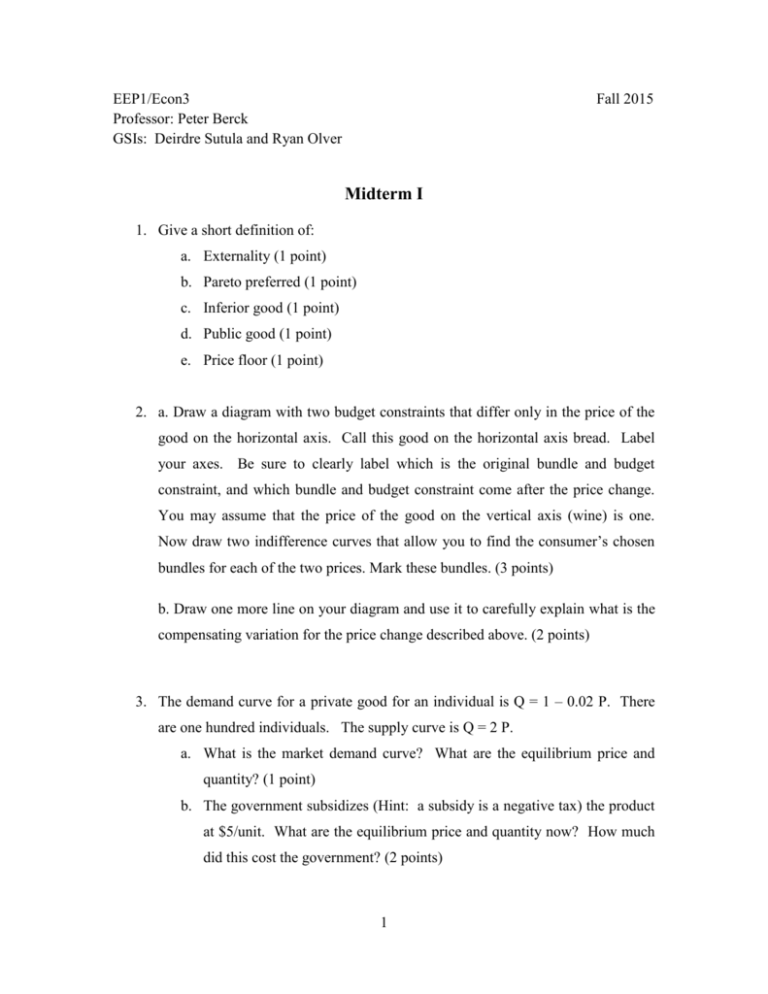
EEP1/Econ3 Professor: Peter Berck GSIs: Deirdre Sutula and Ryan Olver Fall 2015 Midterm I 1. Give a short definition of: a. Externality (1 point) b. Pareto preferred (1 point) c. Inferior good (1 point) d. Public good (1 point) e. Price floor (1 point) 2. a. Draw a diagram with two budget constraints that differ only in the price of the good on the horizontal axis. Call this good on the horizontal axis bread. Label your axes. Be sure to clearly label which is the original bundle and budget constraint, and which bundle and budget constraint come after the price change. You may assume that the price of the good on the vertical axis (wine) is one. Now draw two indifference curves that allow you to find the consumer’s chosen bundles for each of the two prices. Mark these bundles. (3 points) b. Draw one more line on your diagram and use it to carefully explain what is the compensating variation for the price change described above. (2 points) 3. The demand curve for a private good for an individual is Q = 1 – 0.02 P. There are one hundred individuals. The supply curve is Q = 2 P. a. What is the market demand curve? What are the equilibrium price and quantity? (1 point) b. The government subsidizes (Hint: a subsidy is a negative tax) the product at $5/unit. What are the equilibrium price and quantity now? How much did this cost the government? (2 points) 1 c. Now assume that the good is a pure public good. How much of the good should be produced? Compare this to your answer in a. (1 points) 4. In each of the following situations, discuss whether free markets are likely to provide Pareto-optimal levels of the goods or whether a market failure distorts the markets. a. Although a restaurant has a separate smoking section, the smoke from that section spreads to the nonsmoking part of the dining area. As a result, some of the nonsmokers leave before they have finished their dinners. b. A restaurant owner decides on his own to separate, both physically and through ventilation systems, the smoking and nonsmoking sections of his restaurant. Both smokers and nonsmokers find this arrangement acceptable. c. Radon, a naturally occurring gas, increases the risk of cancer in poorly ventilated basements in areas with particular geologic characteristics. Assume that a cleanup technology is available and that it cleans only one house at a time. d. Same as c, but the technology affects surrounding houses as well. 2
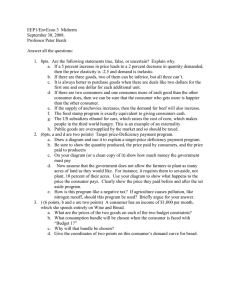
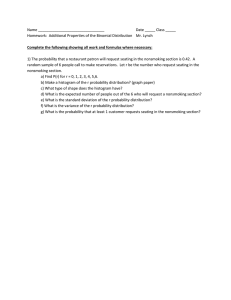
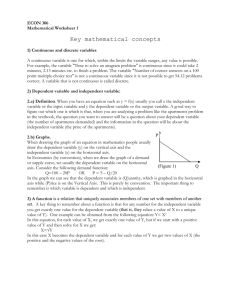
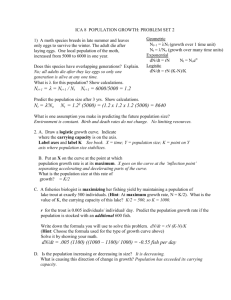


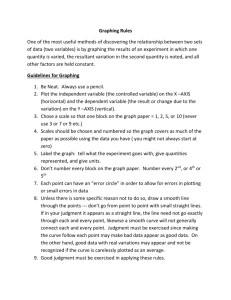


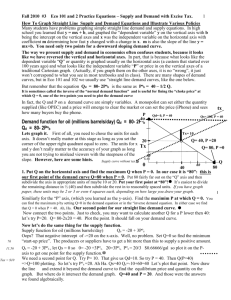
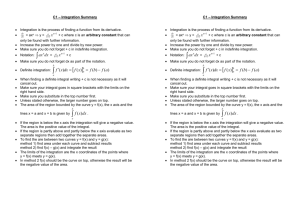
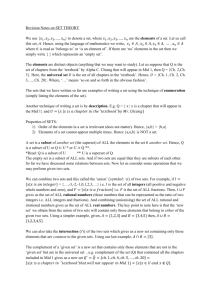

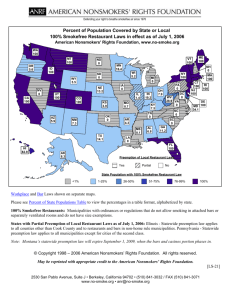
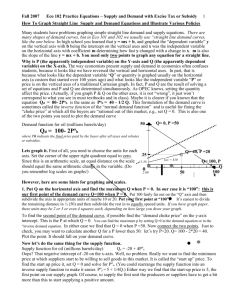
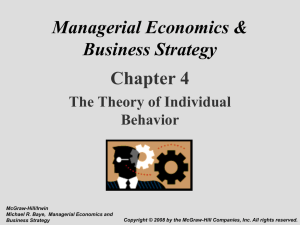
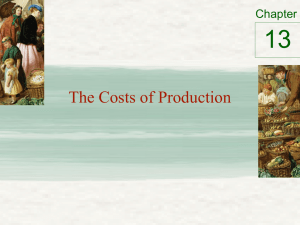
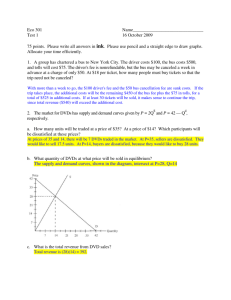

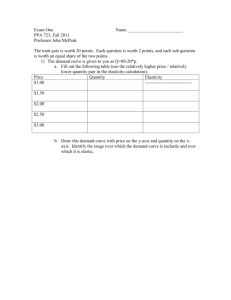
![TRANSFORMATIONS_OF_CURVES_Exercises[1]](http://s3.studylib.net/store/data/007075827_1-4fcbb67feb4db7f991e83dbfd5259e60-300x300.png)
